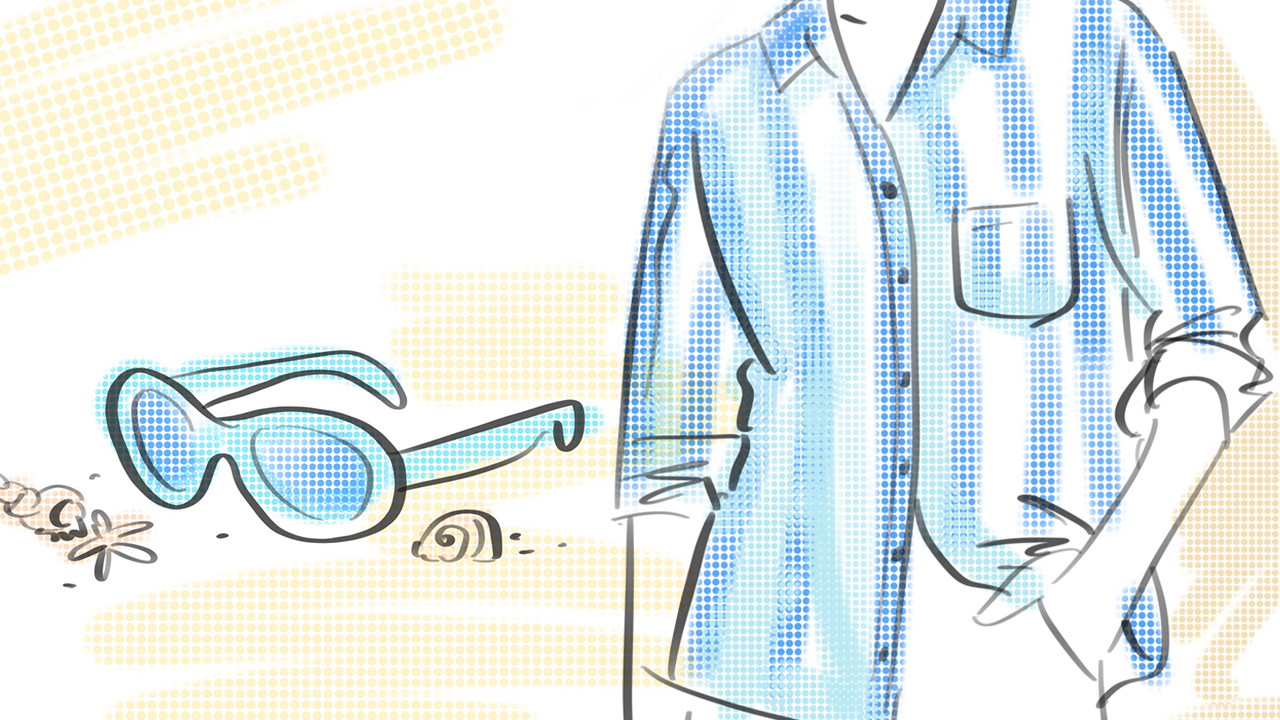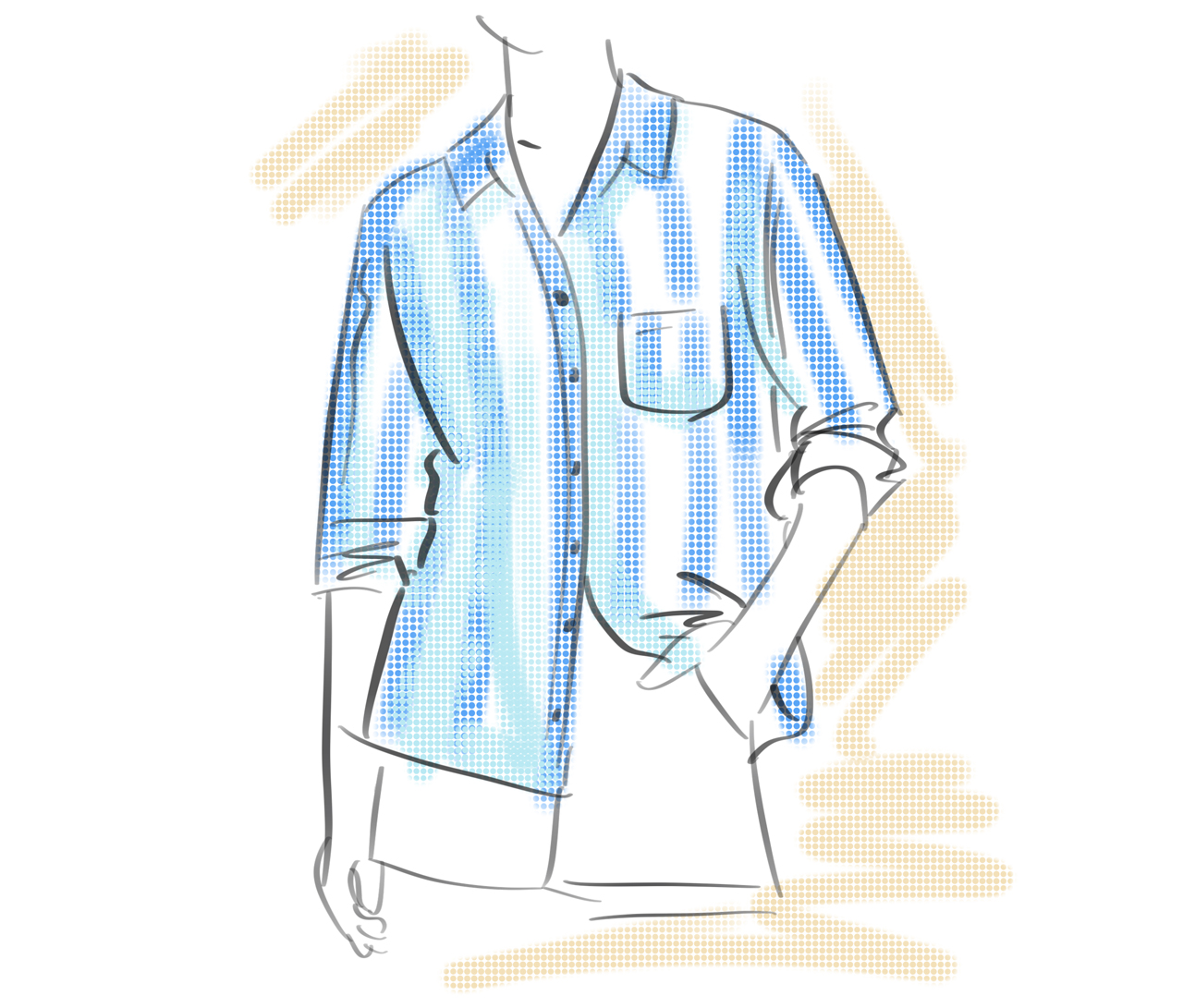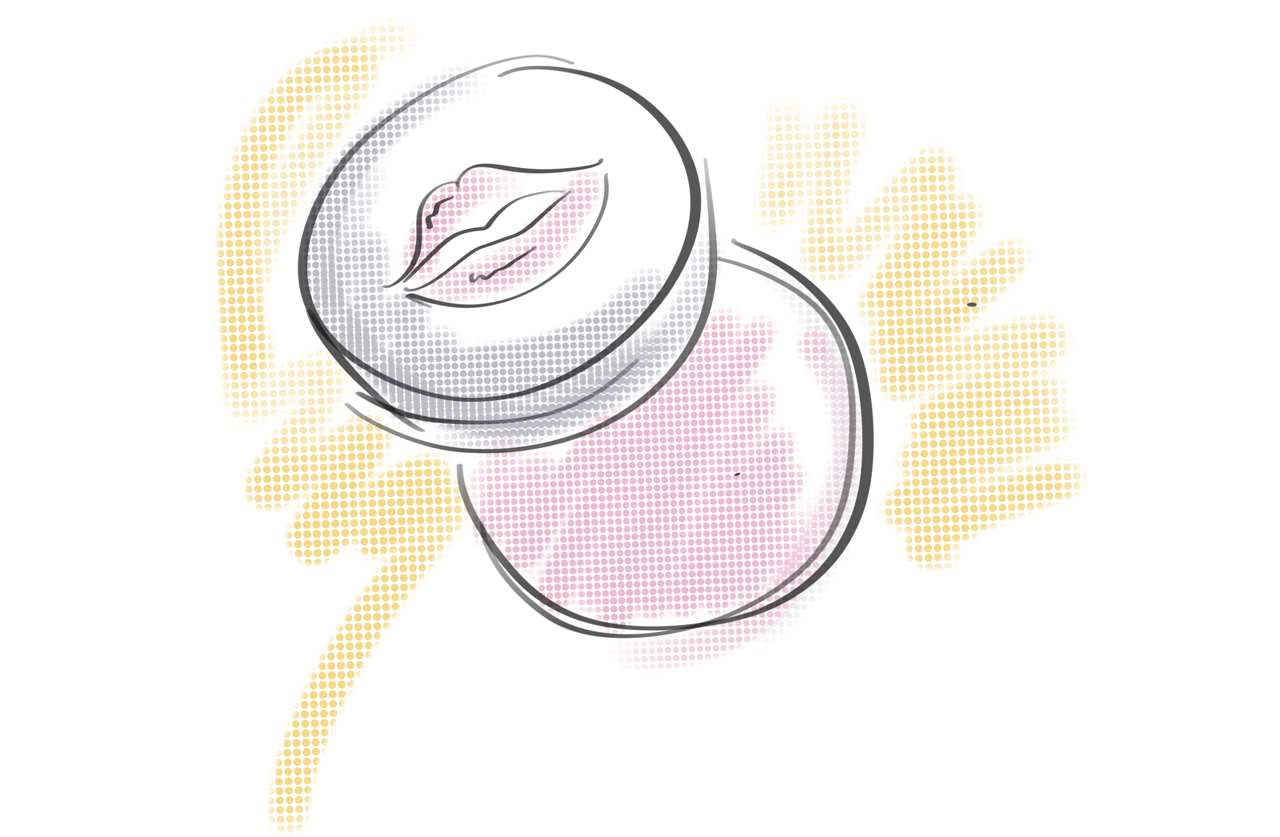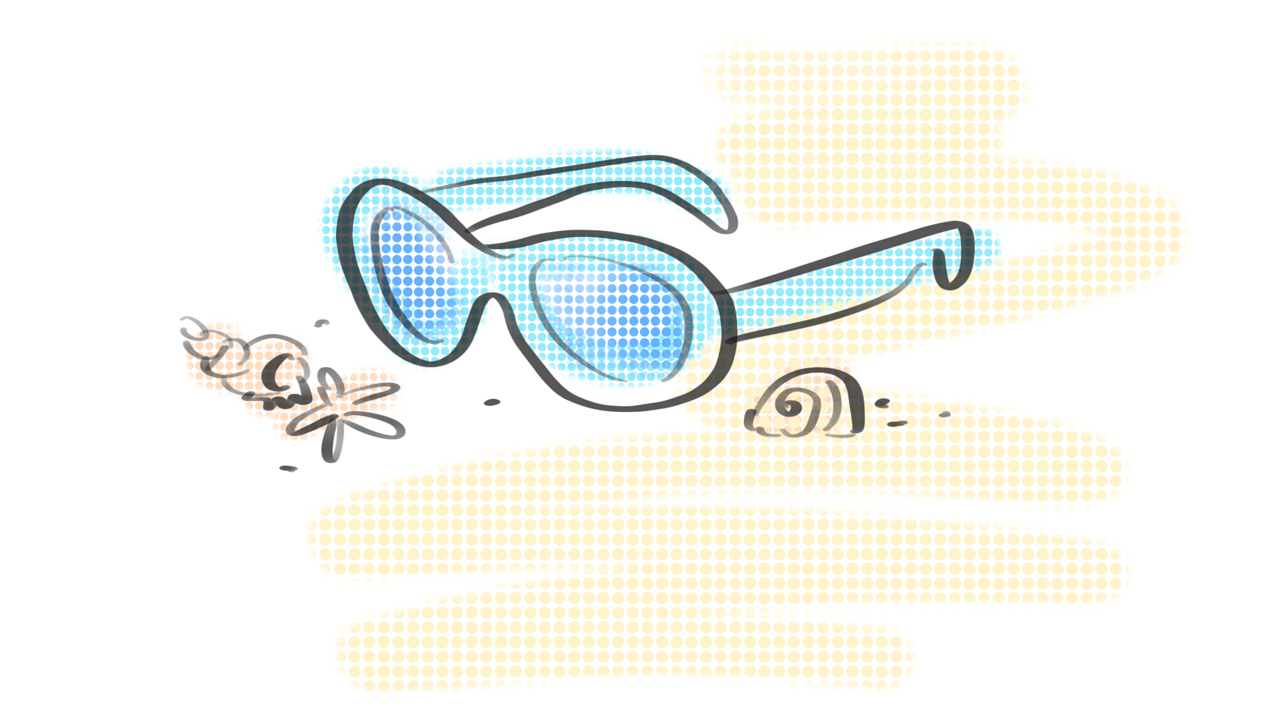News feed

“The damage to my skin probably happened over a period of time during my twenties and thirties. When I was travelling, working, out with friends—things that meant I was likely to spend sporadic moments in the sun without protection,” recalls Sarah*, a young woman just like you, who was recently diagnosed with Melanoma.
Like most GRAZIA readers, Sarah was aware of the damage the sun can cause to her skin—and was only sunburnt a handful of times. Still, it was enough to change her life as she knew it. Australia has the highest rate of skin cancers in the world and while two in three Australians will receive a skin cancer diagnosis in their lifetime, it’s a known fact that any person who spends time in the sun without protection will experience skin damage: accelerated ageing, permanent blemishing.
While the dangers of sun tanning on our beaches have been drilled into young people almost their entire lives, why do they still think a tan is something to aspire to? In a culture that values youth, why is being suntanned considered attractive? And why does skin cancer—an almost entirely preventable disease—still claim the lives of 2000 Australians every year?
“I think we need to treat sun damage and its effects on the skin as a long-term aggressor,” adds Sarah. “Unfortunately, Melanoma is a disease that is on the rise, so vigilance and being sun safe is key to lowering your chances of developing it.”
Those First 15 Minutes
According to Cancer Council, the sun’s Ultraviolet (UV) rays can begin changing your DNA and skin cells, increasing your risk of skin cancer and premature ageing, in just 15 short minutes—even before you’ve started to burn or tan.
It should be known, Australia has some of the highest levels of UV radiation in the world. UV overexposure damages the elastin in the skin which causes it to sag and wrinkle. In the long-term, this means premature ageing in the form of leathery skin, sunspots, pigmentation, uneven skin tone and mole growth.
GRAZIA’s Summer’s Essential Checklist
Here are ways to protect your skin, and its youthfulness, this Australian summer.
 A shirt: A long-sleeve shirt over a bikini has been a timeless must-have season-after-season. It offers that extra layer of protection from the sun’s rays and is the perfect accessory to take you from day to night. Pair with matching pants or maxi skirt to protect your pins.
A shirt: A long-sleeve shirt over a bikini has been a timeless must-have season-after-season. It offers that extra layer of protection from the sun’s rays and is the perfect accessory to take you from day to night. Pair with matching pants or maxi skirt to protect your pins.
 A bottle of sunscreen: An absolute non-negotiable on the beach, on a walk, on the train, in the garden—everywhere. Make applying a SPF 30 or higher, broad spectrum, water resistant sunscreen to your face and body part of your AM routine, even if you’re not going to be in the sun. Reapply every two hours.
A bottle of sunscreen: An absolute non-negotiable on the beach, on a walk, on the train, in the garden—everywhere. Make applying a SPF 30 or higher, broad spectrum, water resistant sunscreen to your face and body part of your AM routine, even if you’re not going to be in the sun. Reapply every two hours.
 A broad-brimmed hat: An ultra-wide hat, with UPF50+ sun protection is our go-to this summer on the beach. French cool-girl brand Jacquemus set the runway alight a few years back with his oversized giant hats (and those teeny-tiny bags) so make sure the size of your hat is runway big (read: large enough to cover your face, ears and neck.)
A broad-brimmed hat: An ultra-wide hat, with UPF50+ sun protection is our go-to this summer on the beach. French cool-girl brand Jacquemus set the runway alight a few years back with his oversized giant hats (and those teeny-tiny bags) so make sure the size of your hat is runway big (read: large enough to cover your face, ears and neck.)
 An umbrella: There are some really fashionable umbrellas and cabanas for the park on the market today. Check that your selection provides UPF50+ sun protection and be sure it’s large enough to provide enough shade for your entire body.
An umbrella: There are some really fashionable umbrellas and cabanas for the park on the market today. Check that your selection provides UPF50+ sun protection and be sure it’s large enough to provide enough shade for your entire body.
 A pot of lip balm: Yes, your lips can also get burnt! It’s often something we don’t think about, but applying a balm with SPF 30 or higher will prevent chapped lips.
A pot of lip balm: Yes, your lips can also get burnt! It’s often something we don’t think about, but applying a balm with SPF 30 or higher will prevent chapped lips.
 A pair of sunglasses: The damage caused by UV rays is often irreversible. Also, your most delicate skin is around the eyes making it the most susceptible to sun damage. UV can cause premature ageing (wrinkles) around the eyes, too.
A pair of sunglasses: The damage caused by UV rays is often irreversible. Also, your most delicate skin is around the eyes making it the most susceptible to sun damage. UV can cause premature ageing (wrinkles) around the eyes, too.
 Check the UV index. If you’re about to head outside, make it a habit to check the UV index (available on your iPhone’s weather app). Remember UV radiation can be high even on cool and overcast days. If it’s 3 or above, reconsider if you really need to be outside or take extra precautions to protect your skin.
Check the UV index. If you’re about to head outside, make it a habit to check the UV index (available on your iPhone’s weather app). Remember UV radiation can be high even on cool and overcast days. If it’s 3 or above, reconsider if you really need to be outside or take extra precautions to protect your skin.
“Take it from me. There really is nothing healthy about a suntan,” says Sarah.
*Name has been changed to protect identity.









